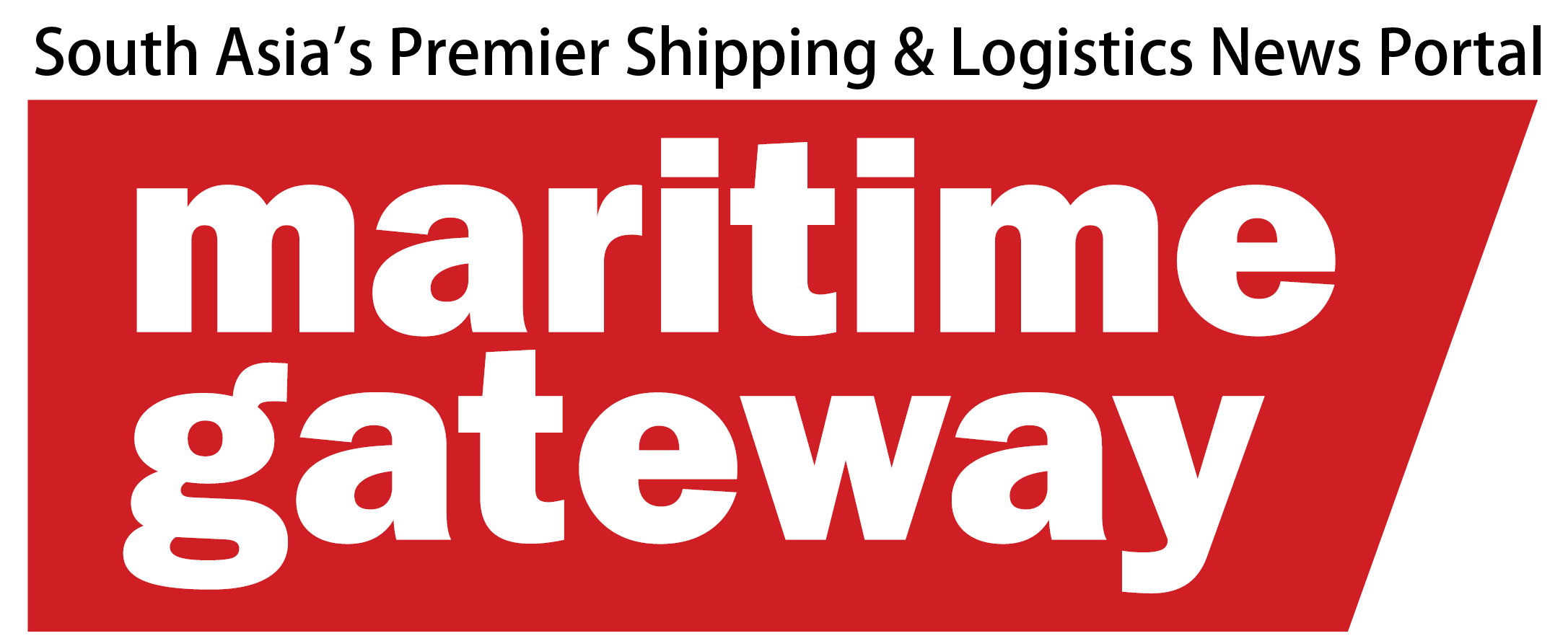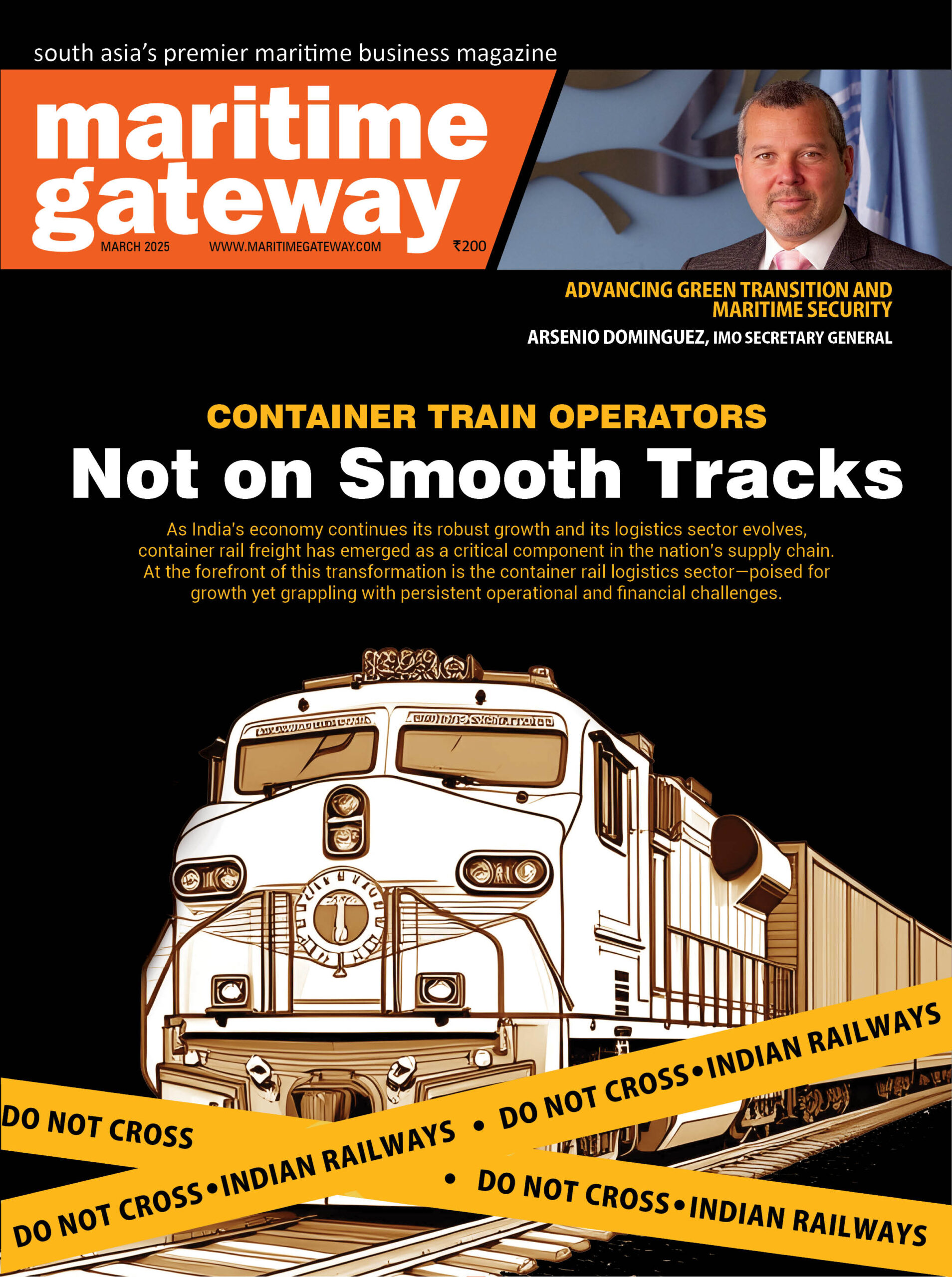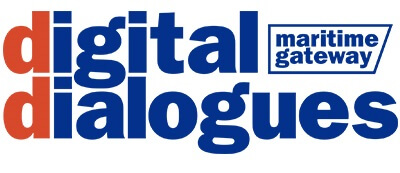India’s container rail logistics sector is witnessing significant developments, with approximately 750 container trains in operation. The state-run Container Corporation of India (CONCOR) controls nearly half of this capacity, while private players handle the rest, fostering a competitive landscape. The near-completion of the Dedicated Freight Corridor (DFC) has raised hopes for greater efficiency and capacity enhancement; however, operational hurdles, including irregularities in container transit, continue to impede its full utilization. These challenges present opportunities for innovation and reform, setting the stage for a transformative era in freight transportation across the nation.
Since the sector’s liberalisation in 2006–07, a total of 21 licenses have been issued for container train operations, a figure that, at first glance, promised a rapid expansion of services. However, market dynamics have led to a more consolidated industry. Out of the 21 issued licenses, only 16 remain active today, with mergers and acquisitions further narrowing the field to roughly 10 significant players. Among these, a handful of operators have achieved significant scale—running fleets that exceed 10–12 rakes—while many others operate only a limited number of trains per circuit. This consolidation reflects not only the competitive pressures within the sector but also the reality that scale remains crucial for achieving both operational efficiency and economic viability. The current operational framework includes nearly 750 container trains, with the state-run Container Corporation of India (CONCOR) commanding roughly half of this capacity and the private sector filling the remainder. At the terminal level, where around 100 terminals are in operation—60 to 70 managed by CONCOR and the rest by private players. Such figures, while indicative of significant investment, also underline the challenge of optimizing asset productivity and service reliability.
Infrastructure enhancements and the role of the DFC
One of the most significant developments in recent years has been the near-completion of the Dedicated Freight Corridor (DFC). Designed to boost capacity along key exportimport routes—especially between North India and Gujarat—the DFC is expected to dramatically improve transit times. Notably, the corridor is engineered to facilitate double stacking, which theoretically offers substantial cost savings by allowing two containers per wagon instead of one. Yet, while the DFC has increased capacity, its full potential is curtailed by a host of operational inefficiencies. For instance, even with improved speeds on the DFC part of the EXIM routes, the reliability of container transit remains a major concern. Puri explained that while the DFC has reduced transit times in some instances, variability still plagues the service—trains can take anywhere from two to six days to reach their destination. Such delays, caused by detentions on account of en-route train stabling and crew shortages significantly undermine customer confidence and the overall competitiveness of rail logistics.
The quality of service and pricing challenges
Despite rail’s potential cost advantage on paper, the final cost of containerized cargo often ends up being higher than that of road transport. The base rail rate is competitive, however, when the first-mile and last-mile connectivity, terminal handling, and switching costs are added, rail’s total cost becomes less attractive—particularly for light cargo. This issue is compounded by the fact that the current pricing mechanism is skewed in favour of heavy cargo. Consequently, light cargo shipments, which represent a significant opportunity in the manufactured goods sector, are often diverted to road transport where pricing is more flexible and reflective of market dynamics such as seasonality and directional imbalances. The complexity of the pricing structure leaves both operators and customers struggling to develop products that match the potential cost benefits of rail. As Puri pointed out, a shift toward a more unified pricing model—such as a per-train cost structure—could allow operators to better manage market fluctuations and improve service mix, thereby making rail more competitive across different cargo segments.
Asset maintenance and the quest for efficiency
The operational efficiency of rail logistics also lies in the performance and availability of container wagons. Currently, these wagons, while owned by Container Train Operators, are maintained by the railways. However, lack of maintenance capacity, inefficient maintenance practices and insufficient spare parts have led to prolonged downtimes and decreased availability of wagons for commercial operations. This not only erodes asset productivity but also drives up overall costs. Puri advocates for a fundamental shift in this paradigm. Allowing private operators to manage the maintenance of their own fleets could yield significant benefits—not only reducing the maintenance cost from around 5 per cent of freight expenses to potentially as low as 1–2 per cent, but also enhancing overall asset reliability and turnaround times. Double stacking, another innovation intended to improve efficiency, has also fallen short of expectations. Although double stacking can theoretically reduce the cost per container by as much as 25 per cent, stringent safety regulations and operational restrictions—limiting the weight combination of containers that can be double stacked—have dramatically curtailed these benefits. As a result, the realized savings have dropped to less than 5 per cent, thereby limiting the competitive edge that double stacking was meant to provide.
Renewing concessions amidst changing dynamics
The concession agreement between container train operators and the railways, signed in 2006–07, is now coming up for renewal. Initially, operators paid a license fee that varied based on the category of operations—ranging from 10 to 50 crores. However, in the ensuing years, both CONCOR and private operators have made substantial investments, collectively exceeding a ten thousand crores, in expanding their train fleets and terminal infrastructure. Given these significant investments, Puri reasons that the renewal of the concession agreement should come with an automatic extension for an additional ten years, without the imposition of a fresh fee. Such an arrangement would recognize the sector’s proven commitment and capacity for growth, and it would provide the stability needed for further investment. This argument is further supported by the fact that other private wagon ownership policies of the Indian Railways now do not seek any licence fee for participation in such policies.
Boosting domestic connectivity through dedicated terminals
The government’s recent announcement to set up dedicated container terminals under the ECRT policy represents another crucial step in bolstering domestic container traffic. Historically, expected to not only diversify the rail freight mix but also reduce the nation’s over-reliance on road transport—a move that could significantly lower overall logistics costs.
Expanding the dedicated freight corridor network
The current DFC, focused primarily on the northwestern corridor, has already demonstrated its capacity to support double stacking and heavy freight. However, Puri stressed the necessity of expanding the DFC network to other key regions, including the south, east, and even diagonal corridors that connect various parts of the country. Such expansion is critical if India is to shift a larger proportion of its freight— currently around 26–27 per cent of total cargo—from road to rail. In the long term, a comprehensive network of dedicated freight corridors could boost rail’s share of the market to 40 per cent or more, while simultaneously reducing the logistics burden on already congested road networks.
The long-term vision calls for the DFCs to be constructed with double stack capability across the board, ensuring that the additional capacity generated is not merely a function of volume but also of cost efficiency. As rail freight continues to gain traction, building corridors that accommodate both heavy loads and double stacking will be essential to meet the projected demand for cargo movement, which is expected to reach as high as 10 billion metric tons in the coming years.
ACTO: A catalyst for change
Over the past five years, ACTO has emerged as a key stakeholder and thought leader within the rail logistics sector. The association’s proactive engagement with governmental bodies—such as the Indian Railways, Department of Logistics, and Customs authorities—has been instrumental in shaping policy and driving operational reforms. By establishing an advisory board tasked with interfacing with various stakeholders, ACTO is hopeful that the sector’s voice is heard at the highest levels of decision-making. The association’s efforts extend beyond advocacy; ACTO is actively working to resolve industry-wide issues such as pricing flexibility, asset maintenance, and service reliability. Puri emphasized that while market forces are gradually driving consolidation—with major players absorbing smaller operators—the underlying operational challenges must be addressed to ensure long-term profitability. Without improvements in productivity, even the largest operators struggle to maintain healthy margins. ACTO’s mission, therefore, is not only to champion the interests of its members but also to facilitate a more efficient, responsive, and competitive rail logistics ecosystem in India.
A strategic roadmap for the future
Looking ahead, the evolution of container rail logistics in India hinges on a dual strategy: increasing operational efficiency and expanding infrastructure. On one front, a shift in asset management—by permitting private maintenance—could unlock significant cost savings and boost asset productivity. On the other hand, policy reforms such as a revamped concession agreement and a more streamlined pricing mechanism are essential to create a level playing field against road transport The government’s initiatives, including the ECRT policy and planned DFC expansions, signal a strong commitment to enhancing the rail logistics framework. For the private sector, the challenge is to leverage these improvements to capture a larger share of the container market— particularly in domestic segments where untapped potential remains vast. Achieving a higher modal share for rail not only promises to reduce logistics costs but also to ease the environmental and infrastructural pressures associated with road transport.
As the sector continues to mature, industry consolidation is expected to drive further efficiencies. While larger players currently enjoy a marginal advantage in terms of profitability, sustained improvements in service reliability and asset utilization will be critical in ensuring that rail freight can compete on a level playing field with road transport. Ultimately, the success of India’s container rail revolution will depend on the collective efforts of government agencies, private operators, and industry associations like ACTO to create a resilient, efficient, and forward-looking logistics network.







